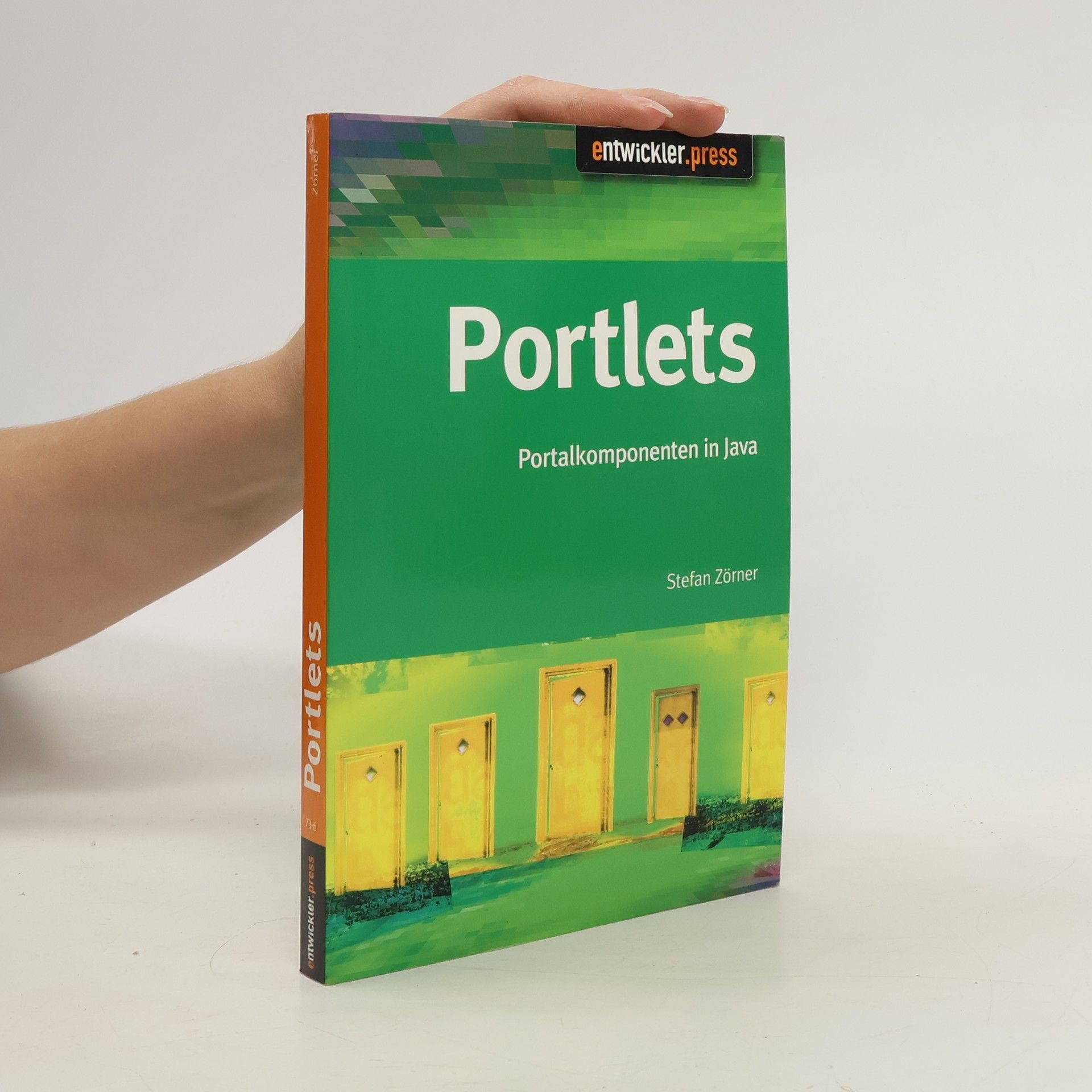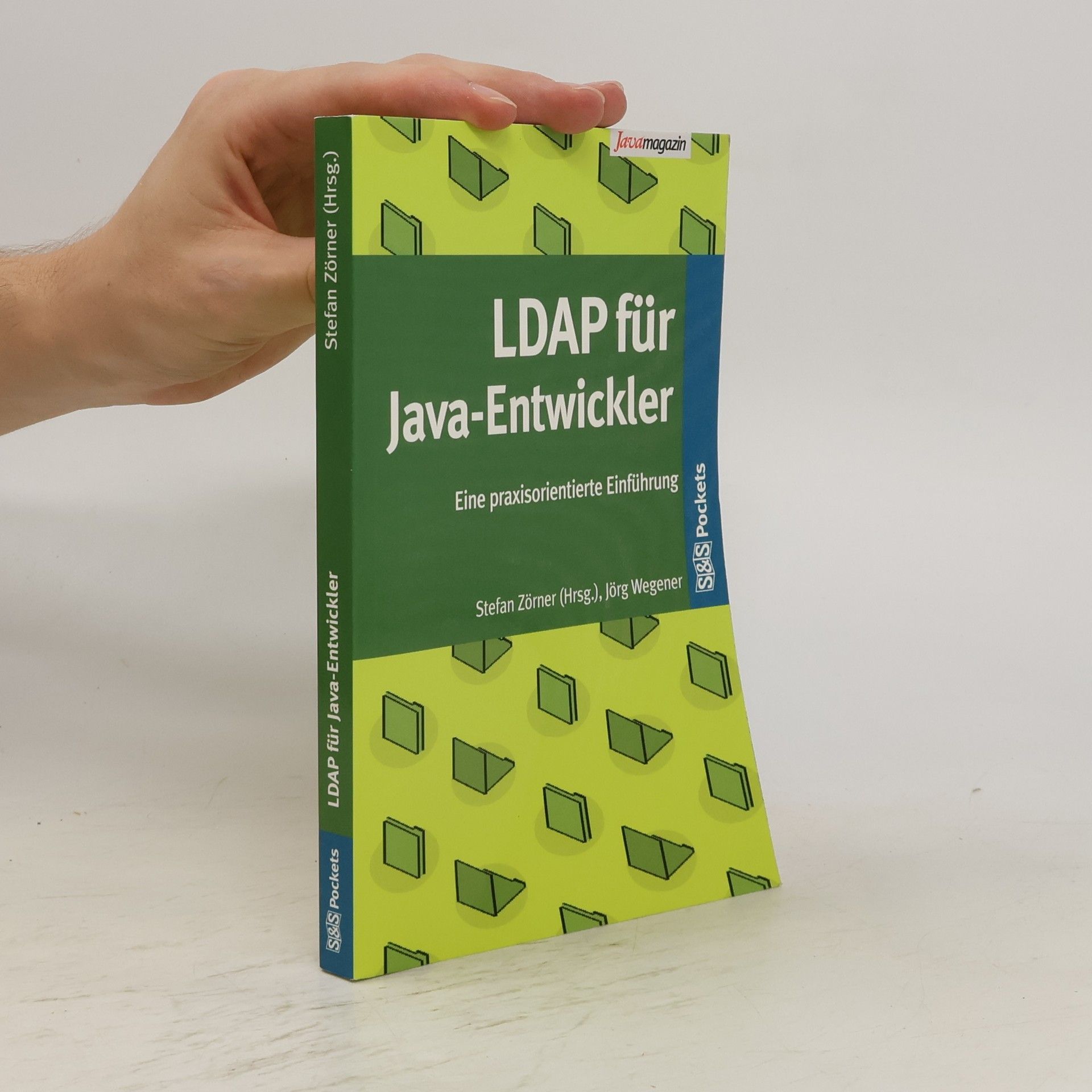The human voice is vital for daily communication, and speech impairment, or dysphonia, can significantly affect a person's career and social interactions. Understanding the phonation process is crucial for distinguishing between healthy and unhealthy voices. Computer-aided simulation serves as a non-invasive tool for studying human phonation, but replicating the complex nature of this process requires advanced computational capabilities and necessitates model simplifications. This thesis explores various simplifications and the errors they introduce in modeling phonation. Utilizing the simulation tool CFS++, the research extends to accurately simulate the interaction between airflow and vocal fold vibrations, as well as determine the sources and propagation of aeroacoustical and vibration-induced sounds. The study first examines the impact of vocal fold geometry through fully coupled fluid-structure simulations comparing different vocal fold models. It also investigates whether fluid-structure coupling can be simplified to a pure flow simulation, using specific boundary conditions to mimic vocal fold vibrations. Additionally, various aeroacoustic analogies are analyzed to pinpoint sound sources during phonation. The model is further enhanced to incorporate the acoustic effects of the vocal tract, enabling precise calculations of sound fields, such as those produced by vowels.
Stefan Zörner Libri




In vielen Unternehmen und Organisationen haben Verzeichnisse zur Speicherung und effizienten Bereitstellung von Informationen eine strategische Bedeutung. Das Lightweight Directory Access Protocol (LDAP) ist der vorherrschende Zugriffsmechanismus auf Verzeichnisdienste; er wird von allen gängigen Softwarelösungen – freien und kommerziellen – unterstützt. In diesem Buch wird Java-Entwicklern auf kompakte und praxisnahe Weise das Rüstzeug vermittelt, mit dem sie im Projektalltag Verzeichnisdienste in ihre Lösungen integrieren können. Die Themen -Verzeichnisse und LDAP -Integrationsoptionen in Java -Directory Services Markup Language (DSML) -Zugriff auf LDAP mit JNDI -Mapping zwischen Java-Objekten und Verzeichniseinträgen -Microsoft Active Directory und JNDI -Integration in Applikationsserver (Tomcat, BEA WebLogic, IBM WebSphere)
Erfahren Sie, wie die Dokumentation der Architektur von einer lästigen Pflicht zu einem wichtigen Kommunikations- und Arbeitsmittel wird. Lernen Sie, architekturrelevante Einflussfaktoren und zentrale Entscheidungen festzuhalten. Anhand einer Schach-Engine wird gezeigt, wie eine nachvollziehbare Architektur entsteht. Oft wird Dokumentation als unangenehme Pflicht betrachtet und in vielen Softwareprojekten vernachlässigt, sodass die Architektur manchmal gar nicht beschrieben wird. Um dies zu vermeiden, bietet das Buch praxiserprobte und schlanke Bestandteile für eine effektive Architekturdokumentation. An einem durchgängigen Beispiel erfahren Sie, wie Sie relevante Einflussfaktoren erfassen und Ihre Softwarelösung angemessen dokumentieren können. Sie lernen sowohl die Vorgehensweise für die Dokumentation während der Entwicklung als auch, wie Sie bestehende Systeme nachträglich beschreiben. Neben der Methodik werden auch typische Werkzeuge zur Erfassung, Verwaltung und Verbreitung von Architekturdokumentation behandelt, wie Wikis und UML-Werkzeuge. Checklisten und Übungen geben Ihnen die nötige Sicherheit, um Architekturdokumentation zu einem integralen Bestandteil Ihrer Softwareprojekte zu machen. "Ich wünsche Ihnen Freude mit diesem Buch." Gernot Starke.
Die Java-Portlet-Spezifikation JSR 168 vereinfacht die Interoperabilität zwischen Portlets und Portalen. Ausführliche Beispiele zeigen dem Leser, wie er vom Entwurf bis zur Inbetriebnahme Portalanwendungen selbst realisieren kann. Die Hauptrolle spielt dabei das Portlet API, in prominenten Nebenrollen finden sich fortgeschrittene Themen wie Frameworks zur Realisierung von Portalanwendungen und die Interportletkommunikation. • Portalkomponenten: Konsumenten, Produzenten • Ein erstes Portlet • Deployment auf konkrete Portalserver • Integration von Webkomponenten • Interportletkommunikation • Benutzerspezifische Konfiguration • Frameworks für komplexe Portalanwendungen • Querschnittsfunktionalität in Portlets mit AspectJ